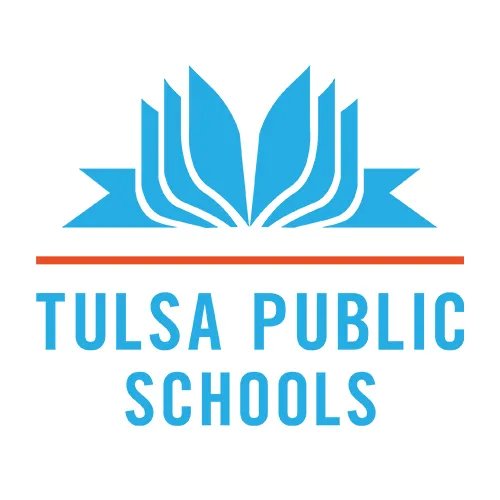Tulsa Public Schools


Tulsa Public Schools
Does your EL Data Management Platform Help Classroom Teachers Differentiate Instruction?
How Tulsa Public Schools is taking its EL Program to a higher level
Ellevation is proud to play a role in serving school districts as they help their English Language Learners achieve their highest aspirations. We are also delighted to showcase the gains schools are making with the help of our tools, including Ellevation Strategies. As part of our Success Stories series, enjoy this piece about Tulsa Public Schools in Oklahoma and how they are providing professional learning opportunities for all teachers to support language acquisition.
When Laura Grisso, Executive Director of Language and Cultural Services for Tulsa Public Schools, first saw Ellevation in 2011 she knew it was the blueprint for what she wanted to build in her district. Much like a builder relies on an architect to draw up the plans, she felt that Ellevation provided an infrastructure to not only store all EL data in one place, but to also make it instantly meaningful to teachers and school leaders. Now in her sixth year with the district, Grisso says “Ellevation has become the foundational piece of our EL program. It is critical to the services we provide and the work we do.”
As is the case in most districts, Tulsa’s Student Information System was not built to capture all of the information that is needed to effectively manage an EL program of a few hundred students, let alone the 8,000 ELL students in Tulsa. There was a lack of data and confusion on the best way to serve ELLs. So, when the district began its implementation of Ellevation, it had two main goals. First, to provide “a home” for all of its EL data, and second, to provide all administrators and teachers access to the data that was pertinent to them and presented in a way that would inform critical decisions. “Our campuses shouldn’t have to rely on centralized communications from the district to learn about their ELLs,” says Grisso. “Instead, I wanted to empower them to know their students and to be able to provide the services they need from day one.”
As soon as Laura and her team started using Ellevation, satisfying compliance requirements was a far more efficient process. “Having instant access to all of the information on your ELLs made everyone’s job easier,” says Grisso. “And most importantly, Ellevation enabled my team to design individual student plans to support academic learning and English Language acquisition.”
With Tulsa’s EL program on solid footing, Laura was ready to execute the next phase of her plan and turned her sights to tackling the challenges classroom teachers had in differentiating instruction for English Language Learners. As East Central HS (ECHS) ELD teacher Adam Howard describes, “Classroom teachers really didn’t direct their instruction to ELLs. Instead, they relied on peer support to reteach the content to their ELL peers.” Howard recalls an English teacher who had never taught at a school like ECHS which had a large population of ELLs and where 86% of students are on free and reduced lunch. “She wanted to keep up with the pacing calendar and wanted them to learn inferencing at the time that the district had allotted,” says Howard. “When they weren’t able to master it, she assigned a failing grade. Not because her heart wasn’t in the right place. Rather, she just didn’t know what she could do differently with her instruction to better support her ELLs.” According to Grisso, stories like this were not limited to ECHS.
Working with Ellevation, Grisso developed a plan to train all Tulsa classroom teachers on the instructional component of Ellevation, Ellevation Strategies. Developed with the input of leading language acquisition experts including Tim Boals, Jeff Zweirs and Jana Echevarria, it’s Ellevation Strategies that makes Ellevation so unique and more than just a data management and compliance platform. Ellevation Strategies is a digital library of over 80 instructional activities and techniques for classroom teachers to weave into existing lessons to differentiate instruction with a particular focus on ELLs. Each activity enables classroom teachers to create lesson plans that bring each level of ELL into a lesson without guesswork.
Grisso thinks of Ellevation as a bridge from data to instruction. But, rather than have her team take the time to study, design, construct and verify the bridge, Grisso says, “We use Ellevation’s bridge to drive instruction immediately after implementation.” The result, according to Howard, is a win-win scenario for teachers and students. “Teachers are less stressed and more confident teaching. Without Ellevation, it’s likely that many of our teachers would need to move to other classes or schools with fewer ELLs. But now, they’re happy here and thrilled to be supporting our kids.” And, the students are receiving the instruction they need.